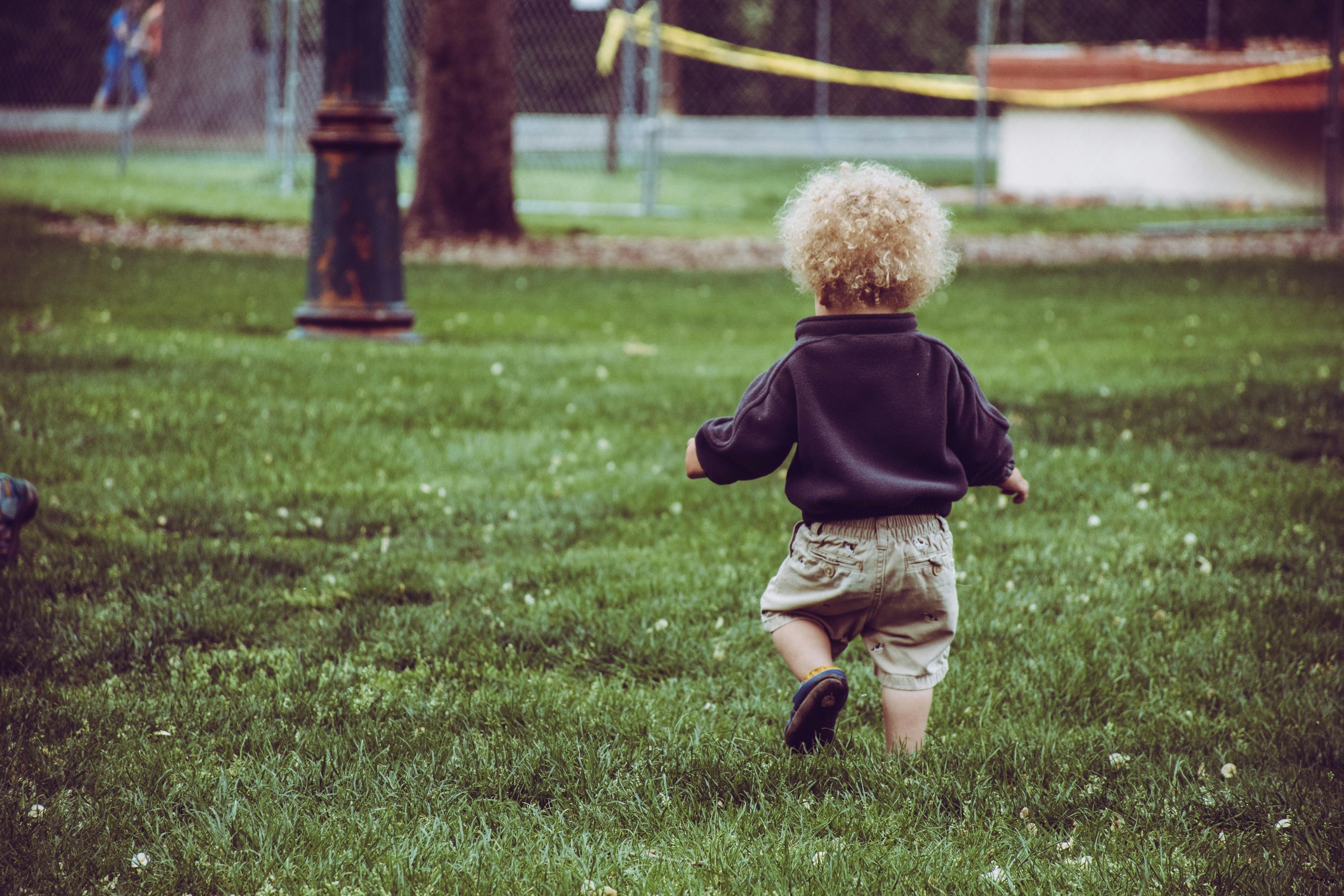Deep Dive into Diaper Change Frequency: Tailoring It to Your Baby’s Needs
The frequency for change diapers depends on several factors, such as the baby’s age, how much they eat and drink, their digestive system, and whether the diaper is wet or soiled. As a general guideline:
Newborns:
- Frequency Breakdown: While 8-12 changes daily is a reasonable average, consider:
- Feeding patterns: Breastfed babies tend to have more frequent, looser stools, requiring more changes. Formula-fed babies might have less frequent, thicker stools.
- Individual digestive systems: Some babies are naturally fussier when wet, while others have less noticeable cues. Adapt based on your baby’s behavior.
- Cues Beyond Wetness: Don’t rely solely on the wetness indicator. Watch for:
- Fussiness: Crying, squirming, or arching their back can indicate discomfort.
- Leg kicking: Babies often kick their legs in an attempt to remove a wet or dirty diaper.
- Straining: Grunting or pushing might signal they’re trying to poop.
- Facial expressions: Grimacing or furrowed brows can be subtle signs of discomfort.
- Preventative Changes: Be proactive by changing:
- After feedings: Especially after large feedings when a bowel movement is likely.
- After playtime: Active babies might sweat more, leading to faster diaper saturation.
- Before bedtime: A fresh diaper ensures a more comfortable and uninterrupted sleep.
Infants:
- Gradual Transition: Reduce changes gradually as their bladder and bowel control develops. Observe patterns and adjust accordingly.
- Longer Stretches: Overnight diapers with higher absorbency allow for longer sleep stretches without leaks. However, still check for discomfort during diaper changes.
- Introducing Solids: Solid food transition might initially increase stool frequency. Be prepared for more frequent changes until their system adjusts.
Toddlers:
- Potty Training: Embrace the journey! The number of diaper changes significantly reduces as potty training progresses. Be patient and offer frequent opportunities for potty attempts.
- Accidents Management: Pack an emergency diaper bag for outings and be prepared for occasional accidents. It’s part of the learning process!
- Communication Encouragement: Teach toddlers to communicate their needs, like using specific words or phrases to indicate they need a diaper change. Praise them for successful communication and potty attempts.
Factors and Their Nuances:
- Diaper Absorbency: Experiment with different brands and sizes to find the best fit for your baby’s body shape and absorbency needs. Consider overnight options for longer stretches.
- Feeding Patterns: Adapt change frequency based on your baby’s feeding type, as mentioned in the “Newborns” section.
- Skin Sensitivity: For sensitive skin, prioritize frequent changes and gentle cleaning routines. Use hypoallergenic wipes and fragrance-free lotions.
- Individual Differences: Each baby is unique! Observe their bowel and bladder habits and adjust the frequency based on their specific needs and patterns.
Additional Tips and Beyond:
- Wiping Techniques: Learn and practice proper wiping techniques, from front to back, to prevent potential infections. Consider warm water and a gentle cleanser instead of wipes sometimes.
- Moisturizer Selection: Choose fragrance-free, hypoallergenic moisturizers suitable for babies’ delicate skin. Apply after each change on clean, dry skin.
- Air Drying Benefits: Whenever possible, allow air drying for some time after cleaning. This promotes skin health and prevents irritation, especially in diaper rash-prone areas.
- Diaper-Free Time: Supervised “diaper-free time” on a waterproof mat allows babies to feel wetness and promotes potty training readiness when they’re developmentally prepared.
Remember:
- Comfort is Key: Always prioritize your baby’s comfort and well-being. Change their diaper whenever they exhibit signs of discomfort or wetness, regardless of a set schedule.
- Individuality Matters: There’s no one-size-fits-all answer. Adapt the frequency and techniques based on your baby’s unique needs and cues.
- Seek Professional Guidance: Don’t hesitate to consult your pediatrician if you have any concerns about your baby’s diaper habits, skin health, or bowel movements.
